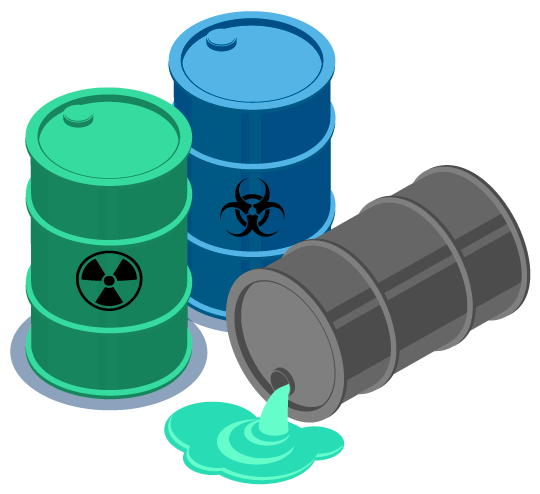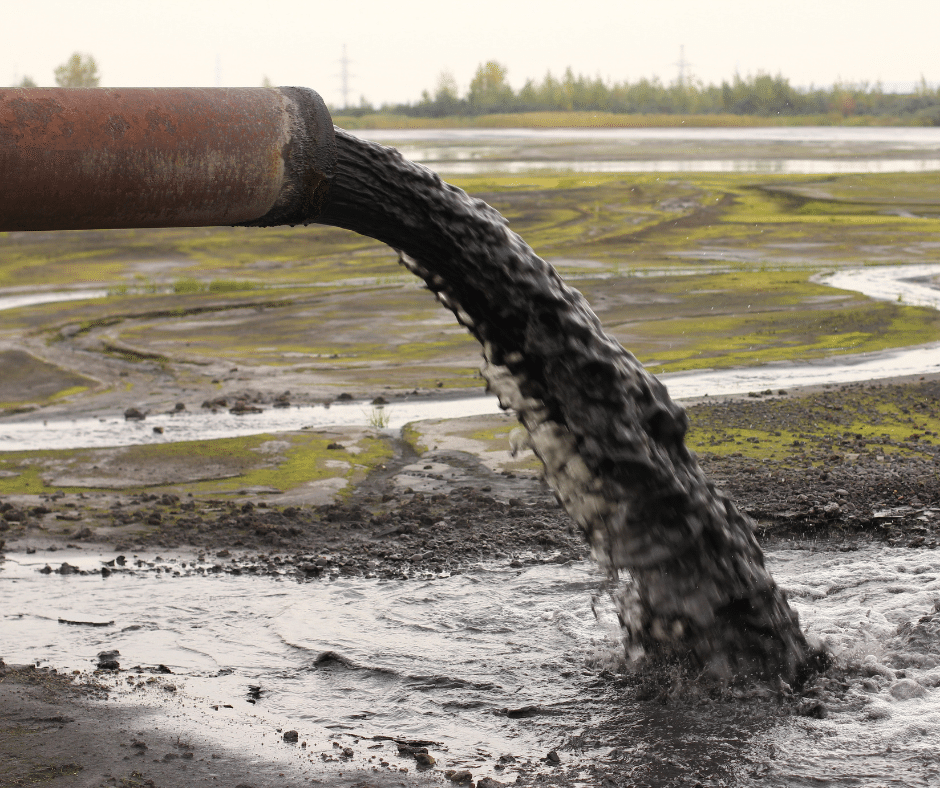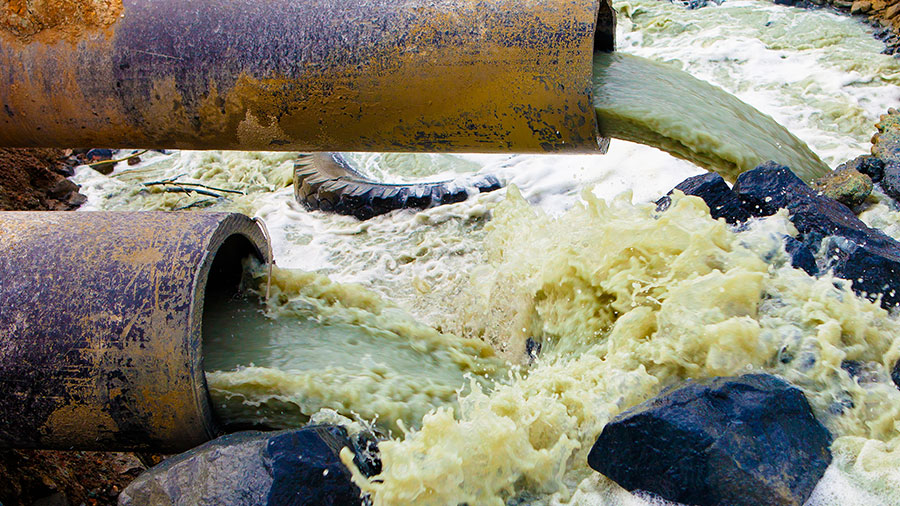Professional Liquid Waste Removal Melbourne: Maintaining Your Setting Tidy
Professional Liquid Waste Removal Melbourne: Maintaining Your Setting Tidy
Blog Article
How Fluid Waste Disposal Functions: An In-depth Overview of Methods and Technologies Employed

Review of Fluid Waste Kind
The intricacy of fluid waste kinds requires a complete understanding of their characteristics and implications for disposal. Fluid waste can extensively be classified right into a number of types, consisting of commercial, community, farming, and contaminated materials. Each category exhibits unique homes, needing particular administration approaches to alleviate environmental and health and wellness dangers.
Industrial liquid waste originates from manufacturing procedures and frequently contains a series of contaminants, such as heavy steels, solvents, and organic substances. Metropolitan liquid waste, largely making up wastewater from families and industrial establishments, has raw material, nutrients, and pathogens (industrial wastewater treatment). Agricultural liquid waste, consisting of drainage from farms, may contain plant foods, pesticides, and pet waste, posturing threats to water top quality and ecological communities
Hazardous liquid waste is defined by its toxicity, reactivity, or potential to cause harm. Recognizing these varied fluid waste kinds is vital for creating reliable disposal methods and making certain conformity with environmental regulations.
Physical Treatment Methods

Screening is the preliminary step, where larger bits and debris are gotten rid of from the liquid waste making use of displays or grates. In sedimentation storage tanks, larger particles clear up at the bottom, creating a sludge layer, while the made clear liquid can be further treated.
Filtering is another essential technique that includes passing the fluid with permeable products, such as sand or membrane layers, to capture smaller bits. This action improves the top quality of the fluid, making it suitable for succeeding therapy procedures.

Chemical Therapy Strategies
Chemical treatment strategies are necessary for successfully taking care of liquid waste, particularly in resolving dissolved and colloidal pollutants that physical techniques may not adequately get rid of. These methods use various chemical representatives to counteract, precipitate, or change hazardous substances right into less harmful types.
One common approach is coagulation and flocculation, where chemicals such as alum or ferric chloride are contributed to promote the gathering of put on hold bits. This procedure improves sedimentation, enabling less complicated removal of the resulting sludge. Furthermore, oxidation procedures, using representatives like chlorine or ozone, are utilized to break down complex natural substances and pathogens, rendering the waste much safer for discharge or additional treatment.
Neutralization is one more crucial strategy, which adjusts the pH of acidic or alkaline waste streams to neutral degrees, protecting against possible harm to downstream systems and the atmosphere. Moreover, advanced oxidation procedures (AOPs) utilize combinations of oxidants and ultraviolet light to weaken relentless toxins, accomplishing a higher level of treatment performance.
Biological Therapy Processes
Biological therapy processes play an important duty in the monitoring of fluid waste by utilizing bacteria to disintegrate raw material and decrease pollutant degrees. These processes can be broadly classified right into anaerobic and aerobic treatments, each employing specific microbial areas to achieve effective waste destruction.
Aerobic treatment entails the usage of oxygen to facilitate the breakdown of natural products by germs. This procedure is commonly carried out in activated sludge systems, where aeration his comment is here tanks offer a favorable setting for microbial development, causing the oxidation of natural pollutants. The resultant biomass can be separated from dealt with effluent via sedimentation.
On the other hand, anaerobic therapy takes place in the absence of oxygen, relying on various germs to damage down raw material. This technique is specifically useful for high-strength waste, as it produces biogas, a renewable resource resource, while minimizing sludge production. Technologies such as anaerobic digesters are regularly employed in commercial and metropolitan applications.
Both anaerobic and aerobic biological therapies not only minimize the environmental impact of liquid waste but likewise promote source healing, making them crucial components of lasting waste administration approaches. Their effectiveness, effectiveness, and flexibility support their prevalent execution across various fields.
Arising Technologies in Disposal
Ingenious techniques to liquid garbage disposal are swiftly advancing, driven by developments in innovation and an enhancing emphasis on sustainability. Amongst these arising innovations, membrane bioreactors (MBRs) have acquired grip for their capacity to integrate biological treatment with membrane filtration, leading to top quality effluent that can be recycled in numerous applications. MBRs enable smaller sized impacts and more reliable operations contrasted to traditional systems.
Another appealing development is making use of anaerobic food digestion incorporated with nutrient recovery innovations, which not only treats fluid waste however also creates biogas and recuperates useful nutrients like nitrogen and phosphorus. This double benefit improves resource efficiency and minimizes environmental effect.
Furthermore, progressed oxidation processes (AOPs) are being embraced for the degradation of intricate natural contaminants. These techniques use powerful oxidants and catalysts to damage down contaminants at the molecular level, providing a very reliable service for tough waste streams.
Additionally, the integration of expert system and artificial intelligence in waste management systems is optimizing functional efficiency and predictive maintenance, bring about reduced costs and improved ecological compliance. These modern technologies reflect a significant shift in the direction of more efficient and lasting fluid waste disposal practices.
Final Thought
In verdict, reliable liquid garbage disposal requires an extensive understanding of various strategies and innovations. The assimilation of physical, chemical, and biological treatment approaches makes sure the effective monitoring of varied waste types. In addition, the appearance of innovative modern technologies improves treatment effectiveness and advertises sustainability in waste administration practices. By constantly advancing these methodologies, it becomes feasible to address the growing challenges visit this website connected with liquid waste, eventually adding to environmental management and source healing.
Fluid waste disposal is a vital aspect of environmental monitoring, calling for a thorough understanding of various methods and technologies tailored to various waste kinds. Fluid waste can broadly be classified into numerous kinds, including commercial, municipal, farming, and unsafe waste. Agricultural liquid waste, consisting of drainage from farms, might consist of fertilizers, chemicals, and pet waste, posing risks to water top quality and learn the facts here now communities.
Various physical treatment methods play a vital function in managing fluid waste properly - industrial wastewater treatment.In conclusion, reliable fluid waste disposal requires a detailed understanding of numerous strategies and modern technologies
Report this page